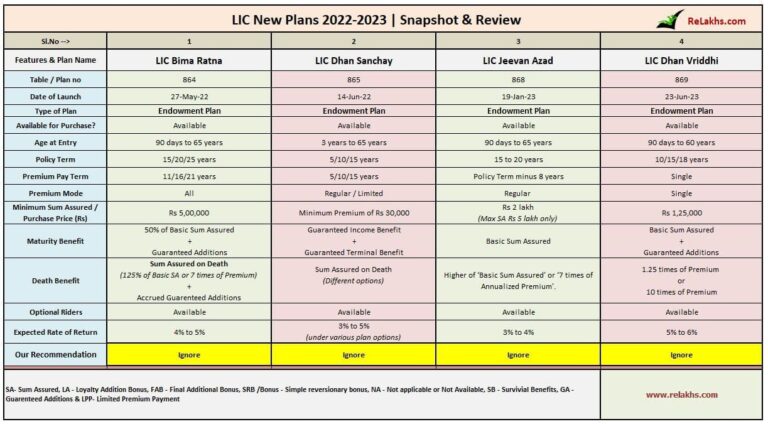Taxes can take a significant bite out of your investment returns, but with smart tax strategies, you can keep more of your hard-earned money. Mutual funds are a great way to grow wealth, but without proper tax planning, you may end up paying more than necessary. Understanding how mutual funds are taxed and implementing tax-efficient strategies can help you minimize your tax burden and maximize long-term gains.
1. Understanding Mutual Fund Taxes
“It’s not just about what you earn, but what you keep.”
Mutual funds generate income in different ways, have strategies, each with its own tax implications:
- Dividends: Funds may distribute dividend income, which can be taxed as ordinary income or at lower capital gains rates if they qualify as qualified dividends.
- Capital Gains Distributions: When a mutual fund sells assets at a profit, it distributes capital gains to investors, who may owe taxes on them.
- Selling Fund Shares: If you sell your mutual fund shares for a profit, you’ll owe capital gains tax on your earnings.
Understanding these tax implications can help you make informed decisions on how to manage your mutual fund investments efficiently.
2. Choose Tax-Efficient Mutual Funds
“Not all mutual funds are created equal—some are designed to be more tax-friendly.”
Some mutual funds have high turnover rates, meaning they frequently buy and sell assets, generating taxable capital gains. Others are more tax-efficient. Here’s what to look for:
- Index Funds & ETFs: These funds have lower turnover and generate fewer taxable events.
- Tax-Managed Funds: Specifically designed to minimize taxable distributions.
- Municipal Bond Funds: Interest from municipal bonds is often tax-free at the federal level and sometimes at the state level.
Selecting funds that naturally generate fewer taxes can help keep more money in your pocket.
3. Utilize Tax-Advantaged Accounts
“Where you invest matters as much as what you invest in.”
Holding mutual funds in tax-advantaged accounts can shield you from unnecessary taxes if you work with strategies:
- 401(k) & Traditional IRA: Taxes are deferred until withdrawal, allowing your investments to grow without immediate tax implications.
- Roth IRA: Contributions are made with after-tax dollars, but qualified withdrawals (including earnings) are tax-free.
- Health Savings Account (HSA): Offers triple tax advantages if used for medical expenses—tax-free contributions, growth, and withdrawals.
Using these accounts wisely can help you reduce your tax liability significantly.
4. Tax-Loss Harvesting: Turning Losses into Gains
“A losing investment today can reduce your tax bill tomorrow.”
Tax-loss harvesting involves selling losing investments to offset capital gains and reduce taxable income. Here’s how it works:
- If you have a mutual fund with losses, you can sell it and use the loss to offset gains from other investments.
- You can offset up to $3,000 in ordinary income per year using capital losses.
- Just be mindful of the wash-sale rule, which prohibits repurchasing the same investment within 30 days.
Using this strategy effectively can reduce your overall tax liability.
5. Be Strategic About When You Sell
“Timing is everything when it comes to minimizing taxes.”
When selling mutual fund shares, your tax burden depends on whether you realize short-term or long-term capital gains:
- Short-term gains (held for less than a year) are taxed at your ordinary income rate.
- Long-term gains (held for over a year) are taxed at a lower rate (typically 0%, 15%, or 20%, depending on your income).
If possible, hold onto investments for at least a year to benefit from lower tax rates.
6. Reinvest Dividends Strategically
“Automatic reinvestment is convenient, but it might not be tax-efficient.”
Many investors choose to reinvest dividends automatically, but this can create tax consequences:
- If dividends are reinvested in a taxable account, they are still subject to taxes.
- Consider taking dividends in cash and reinvesting them selectively in tax-advantaged accounts.
This approach gives you more control over your tax situation while still growing your investment.
7. Pay Attention to Fund Distributions
“Surprise capital gains distributions can lead to unexpected tax bills.”
Mutual funds distribute capital gains and dividends at the end of the year, often resulting in taxable events for investors. Here’s how to manage this effectively:
- Check a fund’s historical distribution schedule before investing to avoid buying just before a distribution.
- If investing in a taxable account, try to purchase mutual fund shares after the distribution date to avoid unnecessary taxable income.
Being mindful of timing can save you from an unnecessary tax bill.
8. Gift or Donate Mutual Fund Shares
“Giving away investments can also give you a tax break.”
If you’re feeling charitable, consider gifting appreciated mutual fund shares instead of selling them:
- Donations to qualified charities allow you to avoid capital gains taxes while receiving a tax deduction.
- Gifting shares to family members in lower tax brackets may result in lower overall tax liability.
This strategy can be a win-win for both you and the recipient.
Final Thoughts
Mutual funds offer a great way to build wealth, but without a proper tax strategies, your returns could take an unnecessary hit. By selecting tax-efficient funds, utilizing tax-advantaged accounts, practicing tax-loss harvesting, and strategically managing your investments, you can significantly reduce your tax burden. Smart tax planning today means keeping more of your wealth tomorrow!










